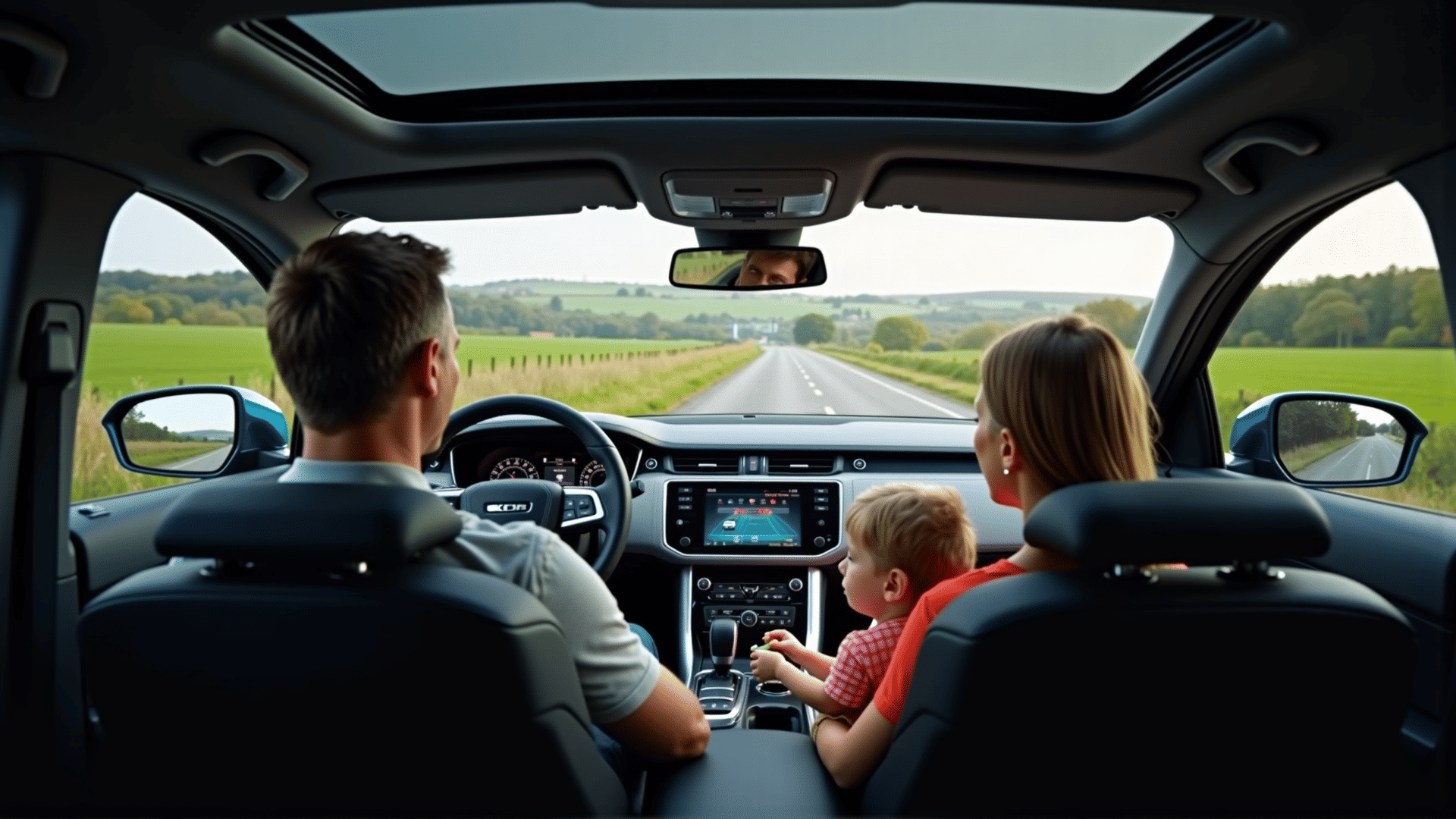In today's rapidly evolving automotive landscape, safety has taken center stage as a critical feature in vehicle design. With the development of advanced technologies, car manufacturers are prioritizing the integration of cutting-edge safety features to protect drivers and passengers alike. Here, we delve into some of the latest innovations designed to ensure maximum protection on every journey.
Adaptive Cruise Control and Beyond
Adaptive Cruise Control (ACC) has become a staple in modern vehicles, effectively maintaining a safe distance from the car ahead by adjusting speed automatically. However, advancements have further enhanced this feature. The latest systems now incorporate radar and camera inputs to create a more comprehensive view of the road. Some systems can even handle stop-and-go traffic, reducing driver fatigue and increasing safety in congested conditions.
Automatic Emergency Braking
The integration of Automatic Emergency Braking (AEB) systems marks a significant step forward in collision avoidance technologies. By combining sensors and cameras, AEB can detect potential rear-end collisions and autonomously apply the brakes if the driver does not react in time. This proactive safety measure has already shown a substantial decrease in rear-end collisions where implemented, providing an extra layer of security.
Lane Keeping and Departure Warning Systems
Staying in the correct lane can be a lifesaver, especially on long journeys. Lane Keeping Assist and Lane Departure Warning systems utilize cameras and sensors to monitor lane markings. If the vehicle drifts out of its lane without signaling, these systems can gently steer it back or alert the driver through audible or tactile warnings, such as steering wheel vibrations. This technology is particularly beneficial in preventing accidents caused by drowsiness or momentary distractions.
Blind Spot Monitoring
Blind spots have long been a significant hazard in driving, but modern innovations are tackling this issue head-on. Blind Spot Monitoring (BSM) systems use radar sensors to detect vehicles in adjacent lanes that the driver may not see. Visual alerts, often integrated into side mirrors, and audible warnings notify drivers of nearby obstacles, allowing for safer lane changes and merging.
Pedestrian Detection and Protection
With the increase in urban environments, pedestrian safety has become a crucial focus. New systems equipped with sensors and cameras can detect pedestrians crossing in front of the vehicle. Some can even recognize cyclists and animals. If a pedestrian is detected and the driver fails to react in time, the system can autonomously apply the brakes to prevent a collision.
Driver Attention Monitoring
Ensuring that drivers remain alert and focused is vital for road safety. Driver Attention Monitoring systems analyze steering inputs, vehicle position, and sometimes even driver eye movements to detect signs of drowsiness or inattention. If any irregularities are found, the system issues alerts, encouraging drivers to take breaks or refocus their attention on the road.
Enhanced Airbag Systems
While traditional airbags have been saving lives for decades, innovations continue to improve their efficacy. Advanced airbag systems are now tailored to deploy with varying forces, depending on the severity of the crash and the size and position of the occupant. Knee airbags, side airbags, and even pedestrian airbags are becoming more common, providing well-rounded protection.
Surround-View Parking Assistance
Parking mishaps, though often appearing trivial, can lead to significant vehicle damage and even injury. Surround-View Camera Systems present a 360-degree view of the car's surroundings, assisting drivers to park in tight spots with ease. This feature reduces the risk of minor accidents in parking areas and boosts the confidence of drivers in challenging environments.
Future Trends: Vehicle-to-Everything Communication (V2X)
Looking forward, Vehicle-to-Everything (V2X) communication represents the next frontier in automotive safety. This technology enables vehicles to communicate with each other and with infrastructure such as traffic signals, bridges, and even pedestrians carrying connected devices. By sharing data about their position and speed, vehicles can predict and prevent potential collisions, creating a highly interconnected and intuitive traffic ecosystem.
Concluding Remarks
The integration of these advanced safety features signifies a pivotal shift towards a future where vehicular accidents could become a thing of the past. As technologies continue to advance, driving is not only becoming more convenient but also significantly safer. At the heart of these developments is a commitment to safeguarding lives, ensuring that every journey, no matter how short or long, is protected by the best innovations in automotive safety.
